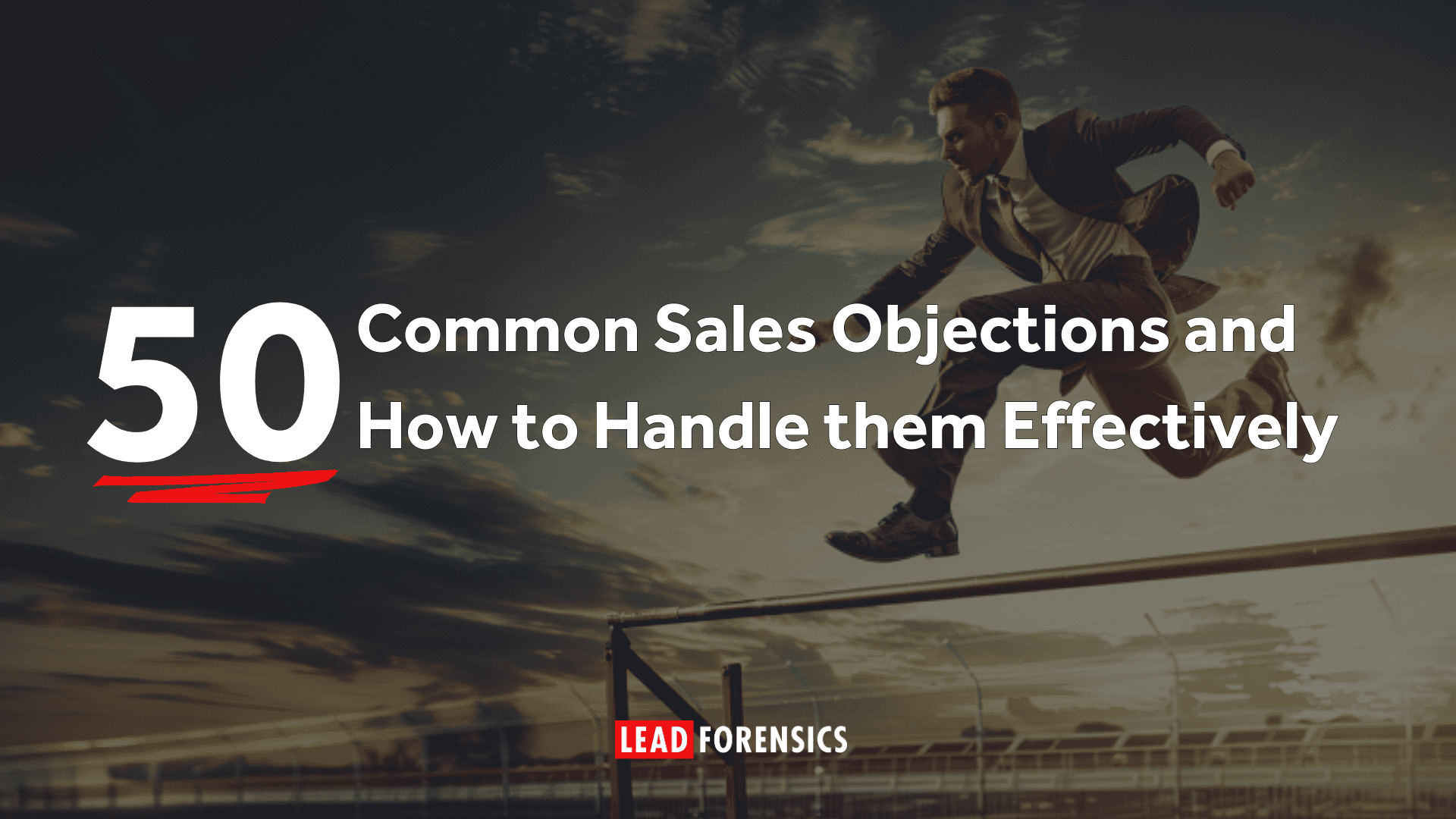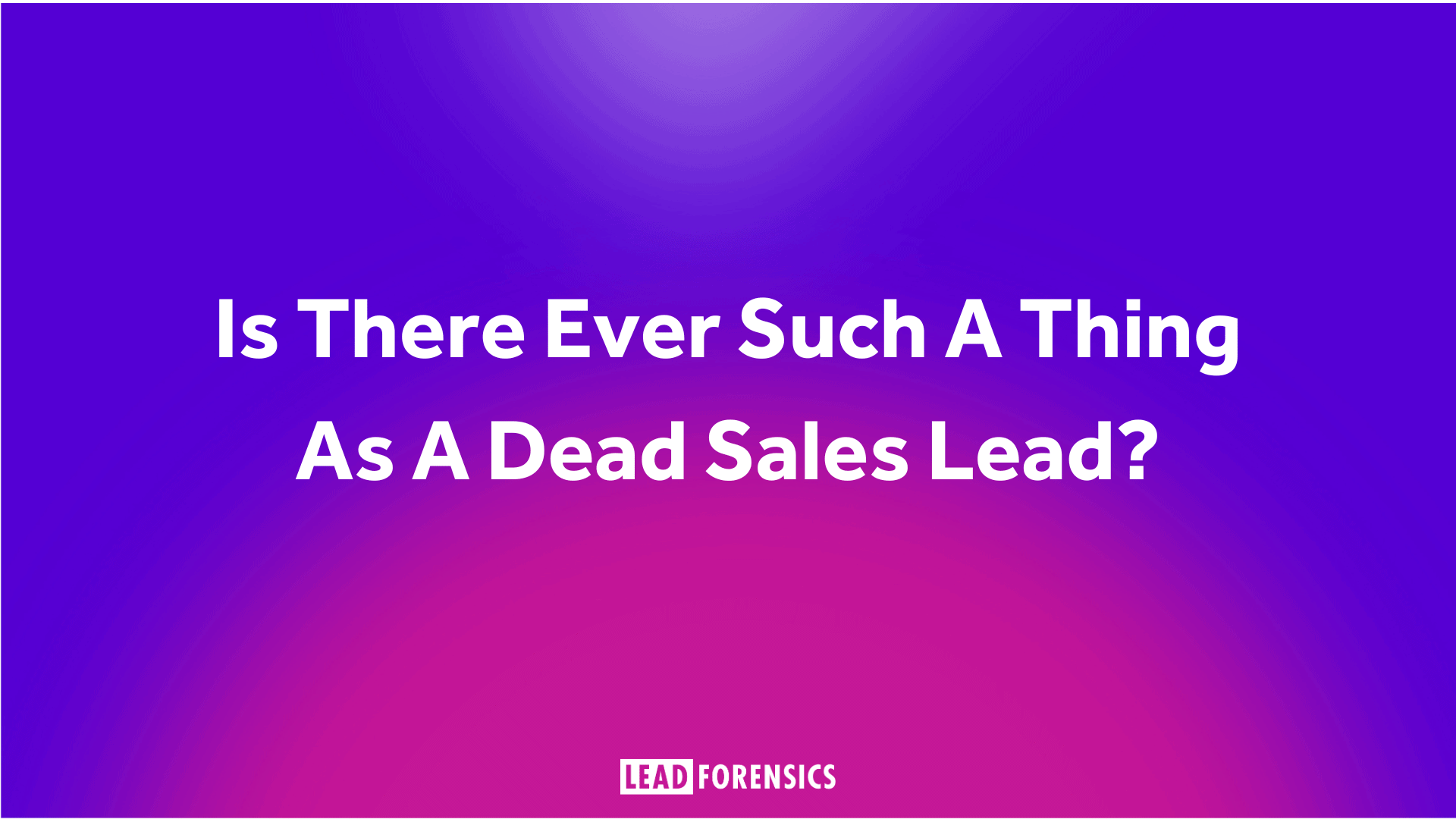
So how is the sales funnel – and the way it is formed, used, and managed – changing? And what are the most effective sales and marketing teams doing to optimize their chance of achieving success?
The buyer journey

At the core of it all is the sales process and understanding how buyers are likely to think and act at different points along the funnel. This can roughly be broken down into 3 different stages – awareness, followed by consideration, and finally making a decision to buy.
Marketing teams come into their own during the first two stages, where they will be aiming to generate the right type of leads and then nurture them towards qualification. Then during the final decision-making stage the sales pipeline will kick in.
The stages that a buyer will go through in the sales pipeline all basically work in the same way as those handled by marketing. And there’s no surprise there, as both teams have the same ultimate goal – to encourage a buyer to move along the path and make a purchase. While the journey down that path may not always be an easy one, and there are likely to be a few bumps along the way, it is always going to be the same end result that teams are striving for.
In this together

What this means for businesses is that the most effective way to ensure a streamlined buyer journey from start to finish is for sales and marketing to work together. Both teams need to understand where their individual roles fit within the bigger picture and to pool their insights to define exactly what the buyer journey will look like. It needs to be one goal, one overall strategy and one vision for achieving it.
Once this path has been clearly defined then the next decisions that need to be made are about what will be made available to prospects at each step. For example – what content will they be offered and when? And when will a product demo or workshop be offered? Each step along the path is aiming to move the lead a step closer to qualification and then on towards a conversion.
Perfecting qualification

Being able to qualify leads quickly and effectively is a hugely important step in the process and it starts with teams agreeing on what the criteria used to judge and qualify a lead is going to be. And when is the right time to pass a lead over from marketing to sales.
Qualification is generally based on a process of ‘scoring’ leads based on facts known about them (such as company details, location, size, structure etc.) and then the lead’s behavior and whether they are signaling they may soon be ready to buy.
For example, offering downloadable content can be a great marketing tool. If a prospect visits a website a number of times, reads various pieces of content, and goes on to download a guide, such as one based on ‘how to work with our product’, then teams need to know just how strong a signal that is that they are nearing making a purchase.
Technology to support teams

Getting the qualification process right often works best as a mix of technology and people power. With intelligent software, many tasks can now be automated, for example through nurturing workflows that will follow up with leads automatically.
IP tracking software means information that wouldn’t have been available otherwise, can now be pulled together and used as part of the qualification process. This includes detailed tracking of a lead, from the first moment they land on the website (including how they got there), to how they travel round the site, what they look at, and when they next return. It can be used to track leads across the entire process, providing valuable insights into their behavior and alerting teams to those leads that may be starting to ‘score’ more highly, suggesting they are heading towards qualification.
Top-performing teams will have a number of strategies in place to help them better judge interest levels. Once they feel a lead is giving off enough signals that they may be qualified, a team member will pick up the phone and connect with the lead to further qualify them. They’ll start a general chat to try and confirm the key info – overall aiming to check they are a good fit, have the necessary budget, and are ready to purchase.
What next for leads?
Qualified leads will then go across to sales, but it can be a very different story for unqualified ones. Many companies miss a HUGE opportunity here by neglecting the leads that aren’t qualified.
In the world of B2B in particular, you often find the target is medium to large companies. Generally, start-ups and smaller firms are not on the wish list. This means they can end up pushed aside and ignored if there’s no plan in place for what to do with them.
But people love to talk, to ask for recommendations, and to share. That means there is potential here to cultivate brand ambassadors, who will help spread the word. This makes them a valid part of the sales pipeline, and one that can help generate even more targeted leads.
The future

Finally the sales pipeline will kick in and reps can start working their magic on the qualified leads. No lead has reached this point by accident. For top performing teams it has been a process of constant assessment, adjustment and refinement, to ensure each stage is the strongest it can be. Sales and marketing have worked closely together to align their thinking, to share ideas and unite towards a common goal.
What teams need to remember is that the most powerful weapon they hold is information. The more they can gather the better, and the more likely they will be to qualify and convert a lead.
This information can come from many different sources, but will be driven by putting mechanisms in place that are able to track and analyze leads and their behavior, through all stages of the sales funnel – from using the latest software to grab every possible insight, to keeping detailed logs of what is said and revealed through all phone calls that are made. Overall, this will add up to the strong leads being matched with the strongest sales pitch, and the strongest results being generated for the company.










